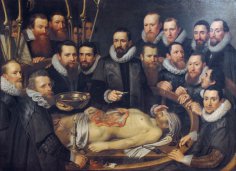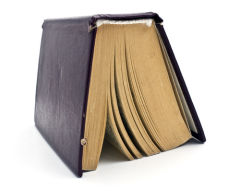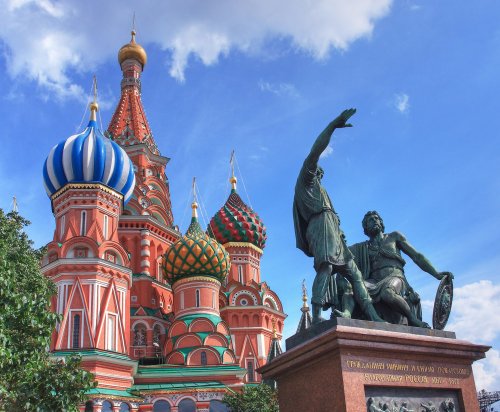
History knows many examples where credit for the most useful inventions to humanity was given not to the first to create them, but to those who managed to “stake” their place. The names of the true “pioneers” were either unknown to posterity or simply forgotten.
There's probably no one who hasn't heard this name at least once. Marconi—the “father of radio.” Guglielmo, as Marconi was known, earned the right to be called this and to be forever etched in history thanks to the British patent No. 1209 he had obtained in advance. This remarkable event, marking the dawn of the era of radio broadcasting, occurred in the summer of 1897. The patent for the invention stated:
Improvement in the transmission of electrical impulses and signals in a transmitting apparatus.
In fact, the “father of radio” implemented a compilation in his invention, using a frequency vibrator invented by Heinrich Hertz as a transmitter and an apparatus by Alexander Popov as a receiver.
After all, it was A. Popov who pioneered the world's first radio transmission. This happened two years before Marconi accomplished the same feat, and he took all the credit. And this case is not unique in history…
History credits the French aristocrats Marquis d'Arlandes and Pilâtre de Rozier as the first aeronauts. They are believed to have been the first to ascend into the sky in a hot air balloon—the brainchild of the Montgolfier brothers. This event took place in the autumn of 1783.
The event took place before the very eyes of Louis the Marquis. He personally petitioned the French monarch to allow members of the nobility to conquer the skies. Apparently, d'Arlandes wanted to secure his place as the leader of aeronautics and forever immortalize his name.
However, as evidenced by a document found in the manuscript department of the library of the USSR Academy of Sciences, a resident of Ryazan “conquered the air” before the French. And this happened 52 years before Louis admired the balloon soaring into the sky. The document states:
“In 1731, during the tenure of the governor, the Nerekhta (the word means “German”) clerk Kryakutnoy (baptized) Furvin (Furtsel) made a large ball, filled it with foul and stinking smoke, made a loop out of it, sat in it, and an evil spirit lifted him higher than a birch tree and then hit him against the bell tower, but he clung to the rope that they ring, but remained alive, he was driven out of the city, he went to Moscow, and they wanted to bury him alive in the ground or burn him.”
After analyzing the contents of the paper, scientists concluded that it spoke of the first attempt at a hot air balloon flight, albeit not entirely successful, carried out by a German living in Russia.
Almost everyone knows the event that took place in the French capital in December 1895. It was the first paid movie screening. The train's arrival, captured by the Lumière brothers, caused a sensation. Thus began the era of cinema.
Few film buffs know the name of Kharkiv resident Iosif Timchenko. But they're wrong! He was an inventor who beat the French Lumière by two years. He developed a “stop-motion apparatus that allows for intermittent frame changes in a strobe.” Simply put, the Kharkiv resident succeeded in creating a movie camera.
The first film was shot by a Kharkov native at the Odessa Hippodrome (1893). He screened two of his films, “The Galloping Horsemen” and “The Spear Thrower,” at a meeting of the Physics Section of the IX Congress of Russian Naturalists and Physicians, held in Moscow. The minutes of the meeting remain as a memento of this momentous event.
The inventor was thanked, but his achievements in cinematography were soon completely forgotten. It never occurred to Iosif Timchenko that such an invention should be patented. But the French Lumières didn't forget. They soon became the owners of an international chain of camera stores, and their products became famous throughout the world.
Here's another interesting fact: in 1897, Edison patented the electric light bulb. The reader will be interested to know that exactly six years before this, incandescent light bulbs—the brainchild of Alexander Lodygin—were already in full swing in the Peski district of St. Petersburg. Moreover, Lodygin had the idea of using twisted molybdenum filaments in the bulbs.
Unlike the “pioneers” mentioned earlier, Lodygin patented his invention and, what's more, managed to sell it successfully to the American company General Electric. However, the phrase “Edison lamp” has firmly established itself as a synonym for this highly useful invention, not only abroad but also here in Russia.





